Riding the wave of cultural IP development, the Huaqing Palace which is famous for its imperial bathing pool and various palace complexes, hosted a creative cultural week from October 13 to 19, celebrating a slow-paced lifestyle with visitors from across the world.

During the event, visitors to the Huaqing Palace were presented with a unique exhibition curated by InCulture Group and floral installation artist Jack Zhang. Themed “Slow Living Bathing Lifestyle,” the show was divided into five parts and represented five typical daily life scenes of the elite in ancient China. A wide range of creative cultural products were displayed in various art forms. By joining hands with world-renowned brands like Christofle and Barnängen, it also showcased a lifestyle that blends both Chinese and Western aesthetics.

Chinese bath habits actually dates back more than 3,000 years. It was in Han Dynasty (202 BC-AD 220) that officials were allowed to take a day’s leave for bathing at home every five days, and bathing became the reason for a bank holiday for the first time.
To bring the bath habits back to life, two lines of gauze curtains decorated with Chinese landscape painting and portraits of ancient Chinese maidens framed the exhibition. Walking down the corridor, visitors could relax themselves in the peaceful environment and prepare themselves for a slow-paced lifestyle.
The dressing area on display was a deconstructed space surrounded by rosy and turquoise curtains. In the baskets at the entrance, people could find exquisite shawls, T-shirts, headbands, tattoo stickers and other creative cultural products with elements of the Huaqing Palace. Many visitors were attracted by the sleek look of the dressing area and couldn’t help taking photos.
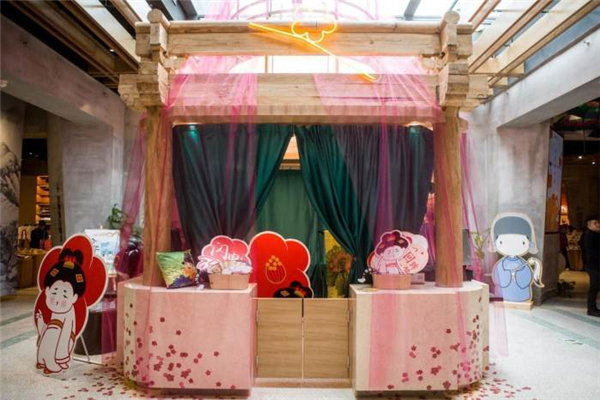
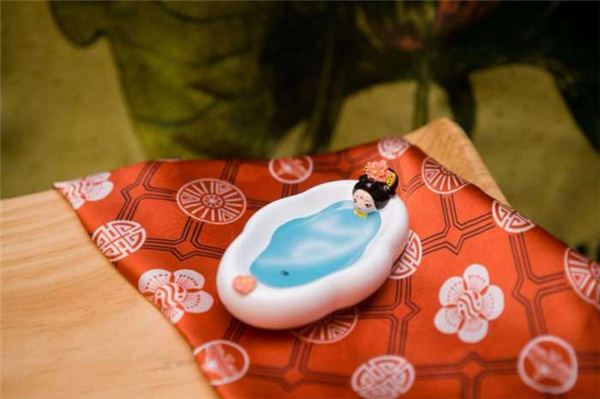
However, the most popular site for photos was in the next exhibition area, which featured a giant hand-painted flowering crabapple with a diameter of 4.2 meters. Painted in different shades of red, the petals pointing in different directions were so vivid together with the petal patterns on the floor.
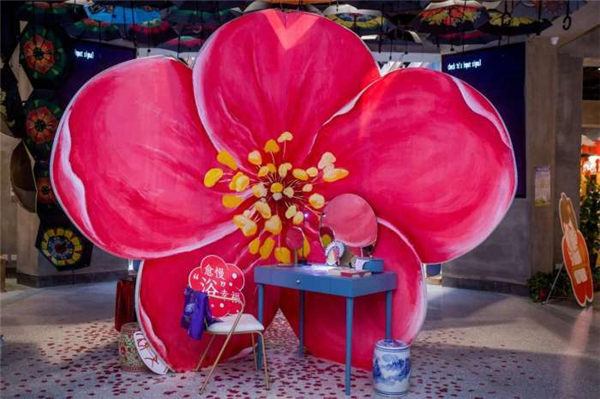
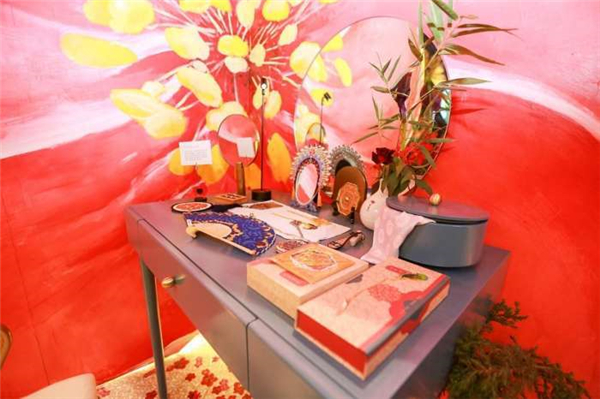
In front of the installation was an interactive area where people could experience the ancient Chinese dressing up routine. Wearing a traditional costume, they sat by a dresser on which there was a mirror with dragon and vermilion bird patterns, gold hairpins and folding fans, and acted as if they had traveled back to ancient China.
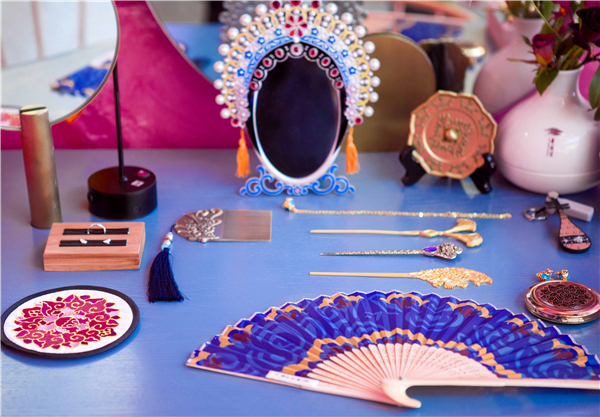

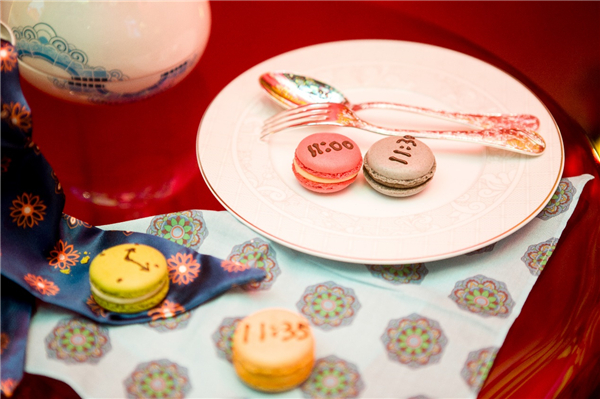

In the bathing area, Chinese artist Jack Zhang brought his talent in floral installation into full play and created a fantasy scene by surrounding the bathing pool and wash platform with typical flowers from Chinese culture.


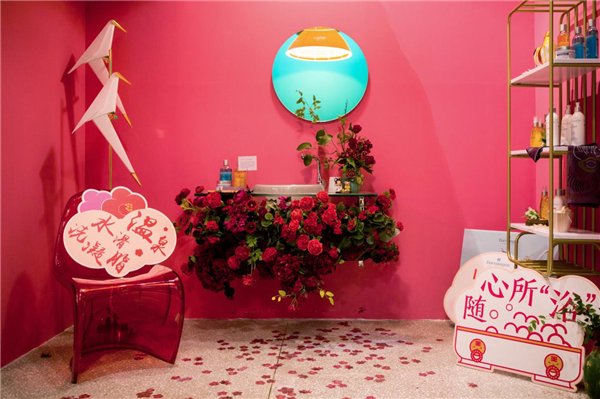
In ancient China, tea played a central role in the bathing culture. In the last part of the exhibition, visitors could enjoy an exquisite feast of tea and handmade pastries for free while gaining a better understanding of the tea culture and floriculture through performances.

It is worth mentioning that the Famen Temple imperial tea set used in the tea ceremony is the earliest, most complete, and most refined tea set which was made to the highest specification. It reflects the peak of tea culture in the Tang Dynasty and serves as a relic of the imperial tea ceremony and cultural trend during that time.
Taking inspiration from the Flowering Crabapple Hot Spring, a unique cultural asset in the Huaqing Palace, the creative cultural week was a break from traditional creative cultural centers. Instead, by creating immersive life scenes for the public to discover beauty in daily past lives, it was an experimental exploration of a happy leisure life.
